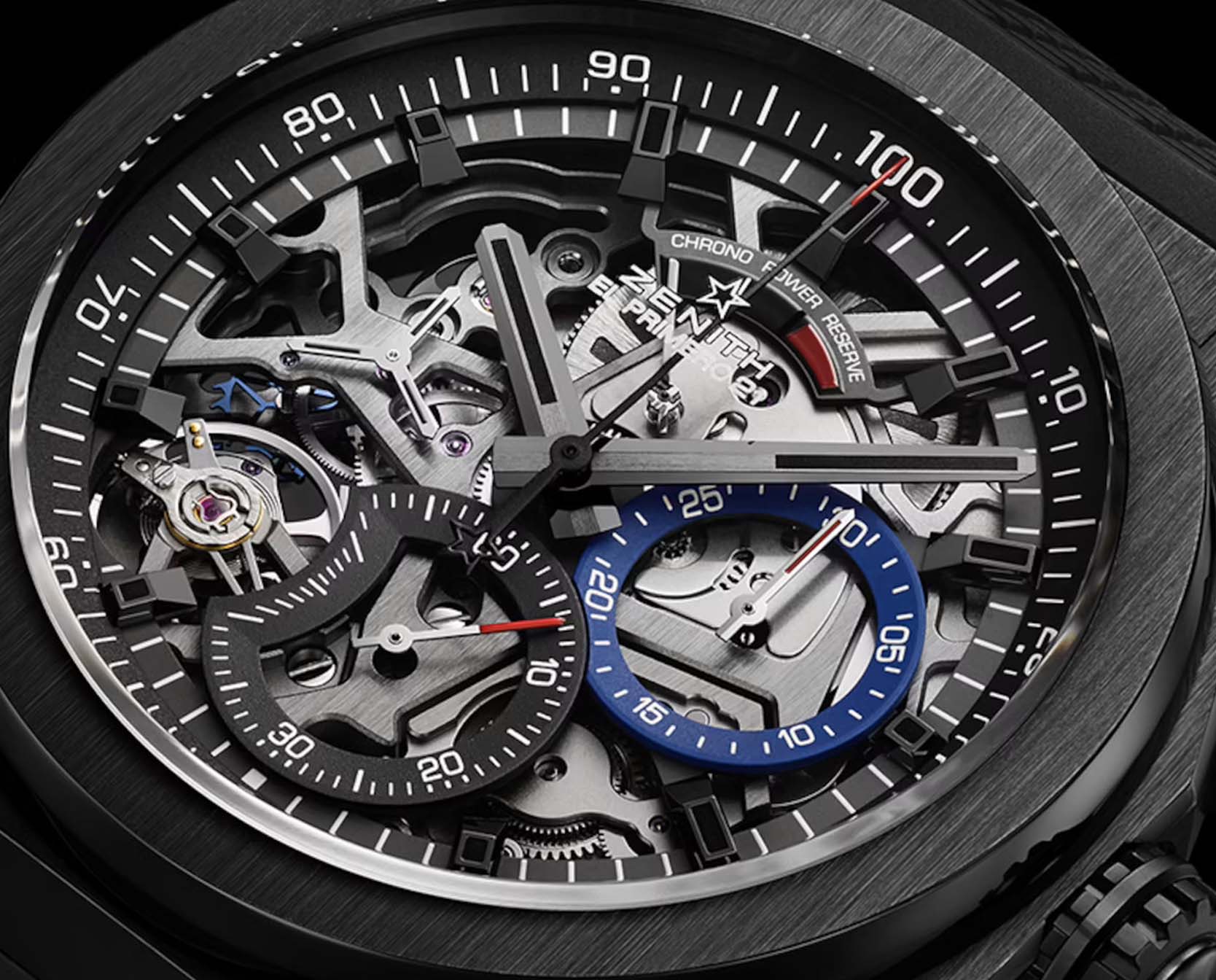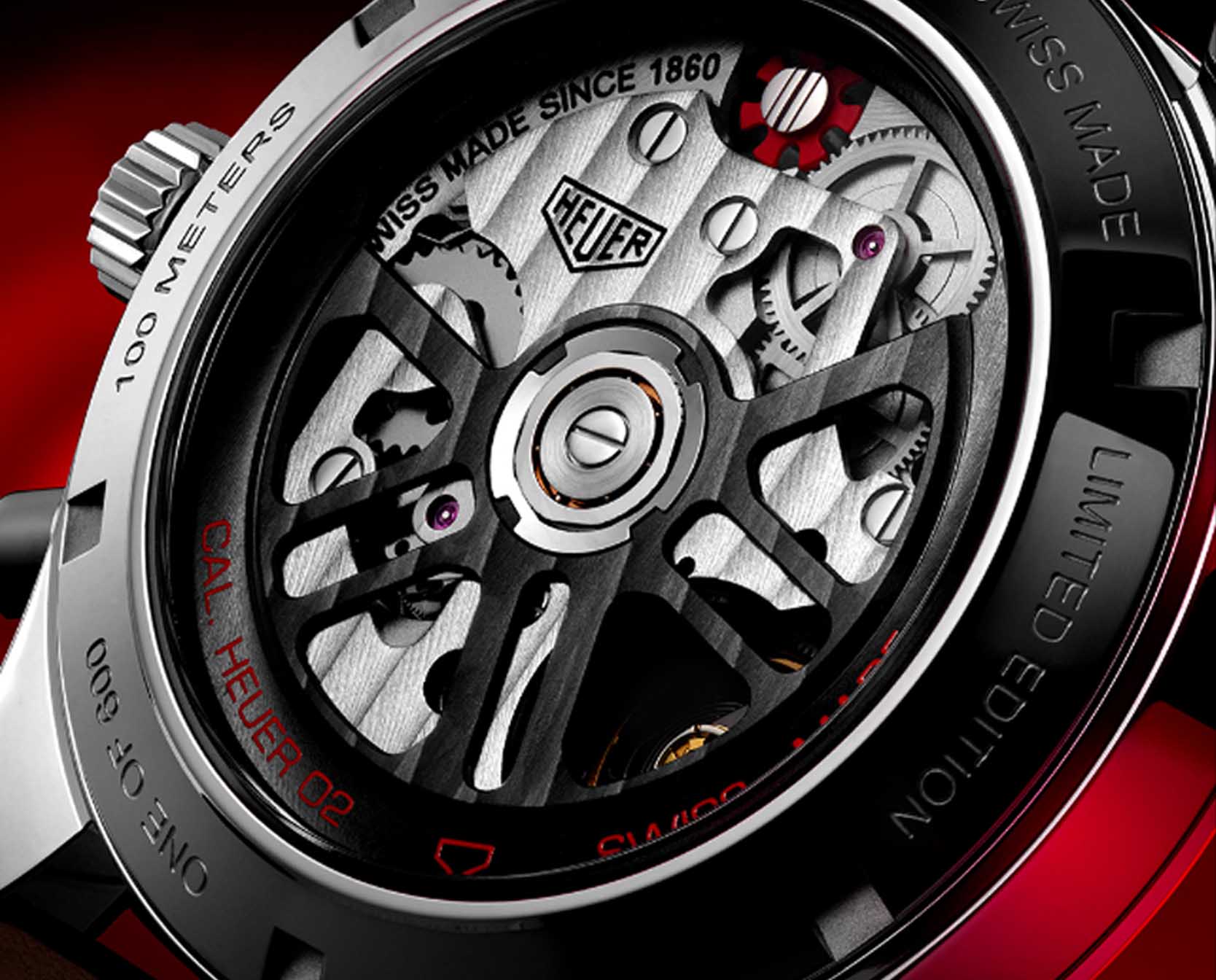
How does a watch’s perpetual movement work?
The term perpetual movement is one we regularly hear in the world of watchmaking. We are going to try to explain what it is and how it’s created.

HOW DOES A PERPETUAL MOVEMENT WORK?
Often called self-winding, the perpetual movement is activated by the movement of the wearer’s wrist. It must be capable of lasting indefinitely without any external energy source. Luxury watchmaker Rolex invented the technique in 1931 when it released its modern and carefully designed Oyster Perpetual Datejust.
SELF-WINDING OR PERPETUAL MOVEMENT?
The perpetual movement is quite simple and centres upon an oscillating weight called a rotor. The movement generated as we go about our daily lives and gravity is what makes this rotor rock back and forth.

THE ROTOR
The rotor is shaped like a crescent moon and moves the watch’s spring and gears, thus winding the spring.
A CLOSER LOOK AT THE OYSTER PERPETUAL DATEJUST
You know that Rolex's Oyster Perpetual Datejust was one of the first watches to use a perpetual movement. Rolex watches equipped with this mechanism are all rigorously certified by the Swiss Official Chronometer Testing Institute (COSC.)














